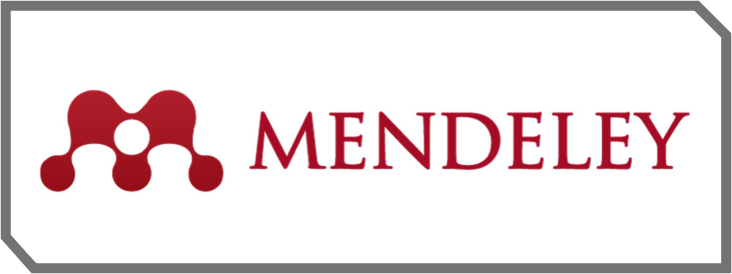Integrasi Islam dan Sains (Analisis Problematika dan Level Integrasi)
DOI:
https://doi.org/10.59841/ihsanika.v2i3.1439Keywords:
Problems and levels of integrationAbstract
The separation of Islam and science resulted in the decline of Muslim civilization, on the one hand, and an existential crisis on the other. The integration of fatigue can lead Muslims to achievement as well as moral perfection. Efforts to integrate Islam and science have been initiated by Muslim thinkers through the dewesternization of science, the Islamization of science, the science of Islam, and others. Lagging behind in the fields of science and technology is a problem that has emerged since the end of the Middle Ages (18th century AD), so that since then Muslims have been infected with "catching-up syndrome" which has caused negative responses and resistance from many groups. This is mainly due to theological concerns, cultural effects and ecological crises. At least the prominent resistance in the form of movements can be divided into three (1) restorationist movements, (2) Bucailis movements and (3) fundamentalist movements. The response to these efforts is counterproductive with efforts to catch up and at the same time with the spirit of Islam that upholds science. Therefore, a more basic study is needed on a proportional and harmonious integration integration framework. The integration of these values touches three levels (1) the level of scientific mental development, (2) The level of world view, namely establishing an Islamic world viewkrisis of the universe such, (3) Orientation level.
References
Dwi Priyanto. (2014). Pemetaan problematika integrasi pendidikan agama Islam dengan sains dan teknologi. STAIIN Purwokerto, 19(2).
Team. (2006). Kerangka dasar keilmuan dan pengembangan kurikulum. Yogyakarta: Pokja Akademik UIN SUKA.
Sanusi, S. (1987). Integrasi umat Islam. Bandung: Iqomatuddin.
Abdus Salam, M. (1996). Kata pengantar. In Perves Hoodbhoy, Ikhtiar menegakkan rasionalitas (Terj. S. Meutia). Bandung: Mizan.
Al-Maududi, A. A. (1992). West versus Islam. Delhi: Markaz al-Maktabar al-Islami.
Maimun, A. (2021). Integrasi Islam dan sains. INSTIKA Guluk-Guluk, Semenep, Jawa Timur.
Salam, M. (1996). Kata pengantar. In Perves Hoodbhoy, Ikhtiar menegakkan rasionalitas (Terj. S. Meutia). Bandung: Mizan.
Iqbal. (2021). Islam dan sains. Jurnal Literatus Bahasa Arab dan Islamic Studies, 281.
Ibrahim, M. D. (1990). Etika, strategi ilmu dan teknologi masa depan. Ulumul Qur’an.
Downloads
Published
How to Cite
Issue
Section
License
Copyright (c) 2024 IHSANIKA : Jurnal Pendidikan Agama Islam

This work is licensed under a Creative Commons Attribution-ShareAlike 4.0 International License.










